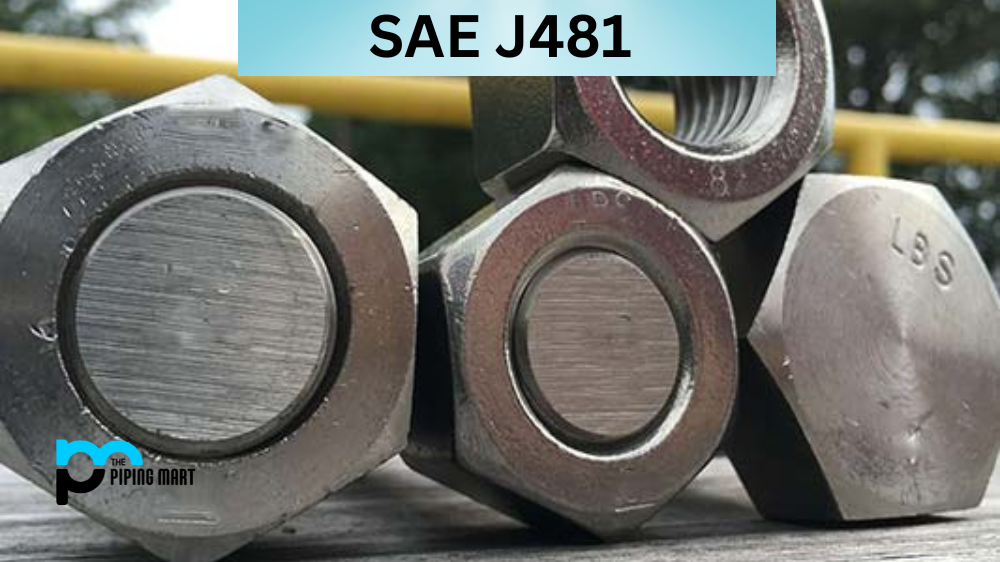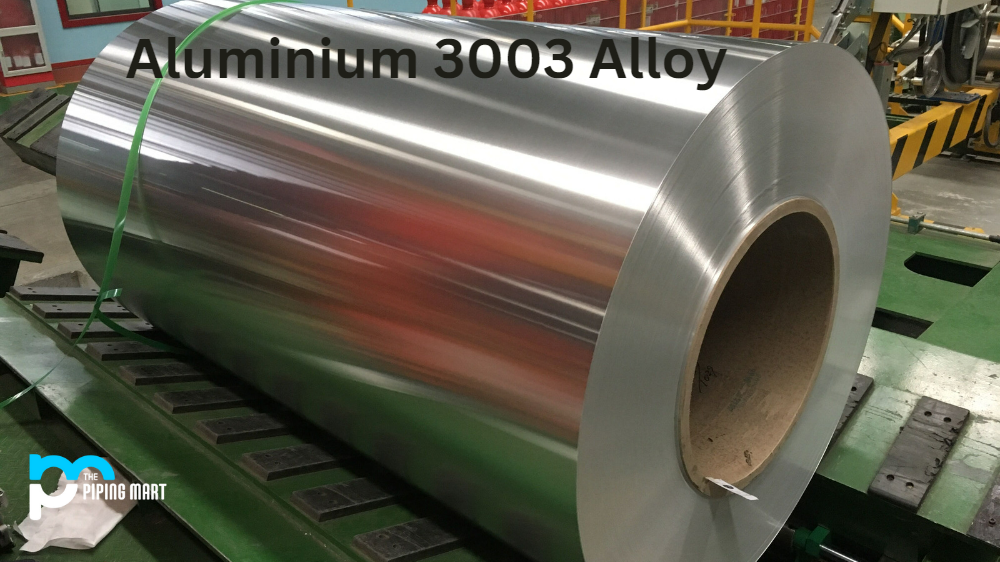Naval brass C46500 is an alloy that belongs to the brass family. This specific alloy is gaining popularity in shipping and boatbuilding due to its excellent properties and durability. This blog post will discuss everything you need about naval brass C46500, including its composition, physical and mechanical properties, uses, hardness, heat treatment, welding, and corrosion resistance.
Naval Brass C46500 Composition
Naval brass C46500 is an alpha-beta brass alloy composed of copper, zinc, tin, and lead. The approximate composition of this alloy is 59% copper, 39.2% zinc, 0.8% tin, and 0.02% lead. This composition contributes to the excellent properties of this alloy.
| Element | Content (%) |
|---|---|
| Copper, Cu | 59-62 |
| Arsenic, As | 0.02-0.06 |
| Tin, Sn | 0.50-1.0 |
| Lead, Pb | 0.2 |
| Iron, Fe | 0.1 |
| Zinc, Zn | Remainder |
Naval Brass C46500 Physical Properties
Naval brass C46500 is known for its excellent physical properties, such as high strength, flexibility, and malleability. It has good thermal conductivity and is resistant to wear and tear. The density of this alloy varies with the composition; however, the average density is 8.44 g/cm3.
| PRODUCT PROPERTY | US CUSTOMARY | METRIC |
| Coefficient of Thermal Expansion | 11.8 ÌÎ?̴ÌÁ10-6 per oF (68-572 F) | 21.2 ÌÎ?̴ÌÁ 10 6? per ÌÎ?̴åÁC (20-300 C) |
| Density | 0.304 lb/in3 @ 68 F | 8.41 gm/cm3 @ 20 C |
| Electrical Conductivity | 26 %IACS @ 68 F | 0.152 MegaSiemens/cm @ 20 C |
| Electrical Resistivity | 39.9 ohms-cmil/ft @ 68 F | 6.63 microhm-cm @ 20 C |
| Melting Point Liquid US | 1650 F | 899 C |
| Melting Point Solid US | 1630 F | 888 C |
| Modulas of Elasticity in Tension | 15000 ksi | 103400 MPa |
| Modulas of Rigidity | 5600 ksi | 38610 MPa |
| Specific Gravity | 8.41 | 8.41 |
| Specific Heat Capacity | 0.09 Btu/lb/ÌÎ?̴åÁF @ 68 F | 377.1 J/kg ÌÎ?̴ÌÁ ÌÎ?̴åÁK at 293 K |
| Thermal Conductivity | 67.0 Btu ÌÎ?̴ÌÁ ft/(hr ÌÎ?̴ÌÁ ft2 ÌÎ?̴ÌÁÌÎ?̴åÁF) @ 68 F | 116.0 W/m ÌÎ?̴ÌÁ ÌÎ?̴åÁK at 20 C |
Naval Brass C46500 Mechanical Properties
Naval brass C46500 has high yield and tensile strength, making it a durable alloy for harsh environments. The mechanical properties of this alloy can be further improved through heat treatment.
| Mechanical Properties | Metric | English |
|---|---|---|
| Hardness, Rockwell B | 60 | 60 |
| Tensile Strength, Ultimate | 434 MPa | 62900 psi |
| Tensile Strength, Yield | 207 MPa @Strain 0.500 % |
30000 psi @Strain 0.500 % |
| Elongation at Break | 40 % | 40 % |
| Reduction of Area | 55 % | 55 % |
| Modulus of Elasticity | 100 GPa | 14500 ksi |
| Poissons Ratio | 0.28 | 0.28 |
| Fatigue Strength | 100 MPa @# of Cycles 3.00e+8 |
14500 psi @# of Cycles 3.00e+8 |
| Machinability | 30 % | 30 % |
| Forgeability | 90 % | 90 % |
| Shear Modulus | 39.0 GPa | 5660 ksi |
| Shear Strength | 290 MPa | 42100 psi |
| Charpy Impact | 43.0 J | 31.7 ft-lb |
Naval Brass C46500 Uses
Naval brass C46500 is widely used in the marine industry, including ship and boatbuilding, due to its excellent corrosion resistance in seawater. It is commonly used in propellers, propeller shafts, and valves. This alloy is also used for decorative purposes, hardware fittings, and musical instruments.
Naval Brass C46500 Hardness and Heat Treatment
Naval brass C46500 can be heat-treated to improve its hardness and strength. This alloy has a hardness of 80 HRB, which can increase with cold working. Depending on the desired properties, heat treatment can be done by annealing or tempering.
Naval Brass C46500 Welding
Naval brass C46500 can be welded using various welding techniques such as brazing and soldering. However, a copper-based welding method like gas tungsten arc welding is advised to avoid creating brittle alloys.
Naval Brass C46500 Corrosion Resistance
Naval brass C46500 has excellent corrosion resistance properties, making it a perfect choice for seawater applications. This alloy resists corrosion from saltwater, acids, and alkalis. The corrosion resistance of this alloy can be further improved by polishing or electropolishing.
Conclusion
Naval brass C46500 is an alloy with excellent properties and durability that make it suitable for various industrial applications, particularly in the marine industry. Its superior corrosion resistance, strength, and flexibility make it a favourite for boat and shipbuilding. As discussed, naval brass C46500’s composition, physical and mechanical properties, uses, hardness, heat treatment, welding, and corrosion resistance are essential to consider when deciding to use this alloy. With all the information mentioned above, it is clear why this alloy is becoming more popular due to its excellent properties.

Abhishek is a seasoned blogger and industry expert, sharing his insights and knowledge on various topics. With his research, Abhishek offers valuable insights and tips for professionals and enthusiasts. Follow him for expert advice on the latest trends and developments in the metal industry.




